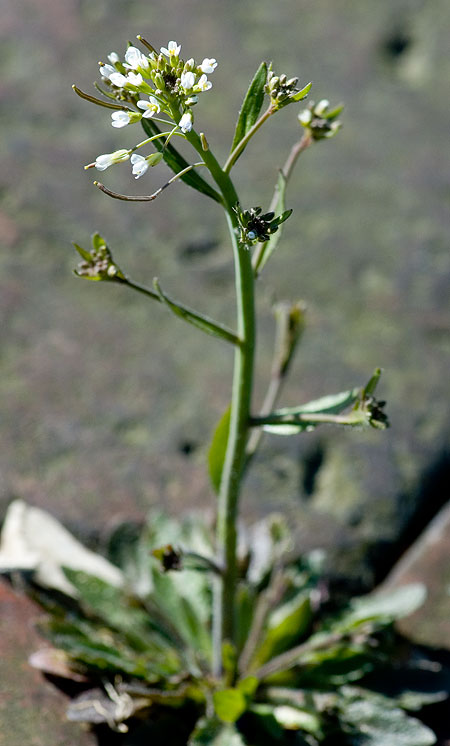
Researchers have managed to come across a major breakthrough recently in the field of genetic diseases. They have identified a plant(mouse-ear cress, Arabidopsis thaliana )expressing its sequence in DNA in a extremely similar manner to that found in the genetic information of humans suffering from diseases such as Huntington's disease and Fredereich’s ataxia.
Neuronal diseases as aforementioned are extremely severe and is difficult to study, given the long time frames involved(decades). By studying naturally-occurring DNA instead, researchers are now able to work much faster in finding a cure. This is because of the comparatively fast growth rate of the mouse-ear cress(a few months) and multiple generations of the plant could be studied simultaneously. Scientists can now attempt to determine(at a reasonable pace) what variations occur in which portion of the strand, what has led to the mutation, and even how it may be reversed.
“It opens up a whole new array of possibilities for future research, some of which could have potential implications for humans,” Dr Balasubramanian explains.Scientists could even get a glimpse at what lies ahead, and perhaps even formulate treatment methods to address problems that have not yet occurred.
Researchers have only recently begun investigating distant organisms in search of DNA strands that fit those generated by a genetic disorder. It was through this that the science team at the University of Queensland and the Max Planck Institute has managed to come across this major breakthrough.
Original Article: http://news.softpedia.com/news/Genetic-Diseases-Under-Attack-From-Plants-102436.shtml
Image:
http://www.delawarewildflowers.org/images/arabidopsis_thaliana.jpg
Student Number:
42055514